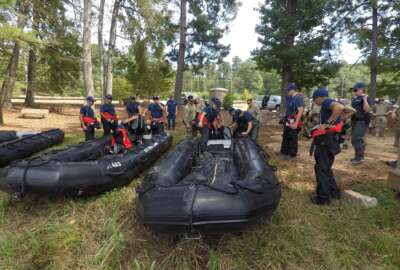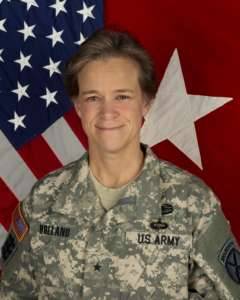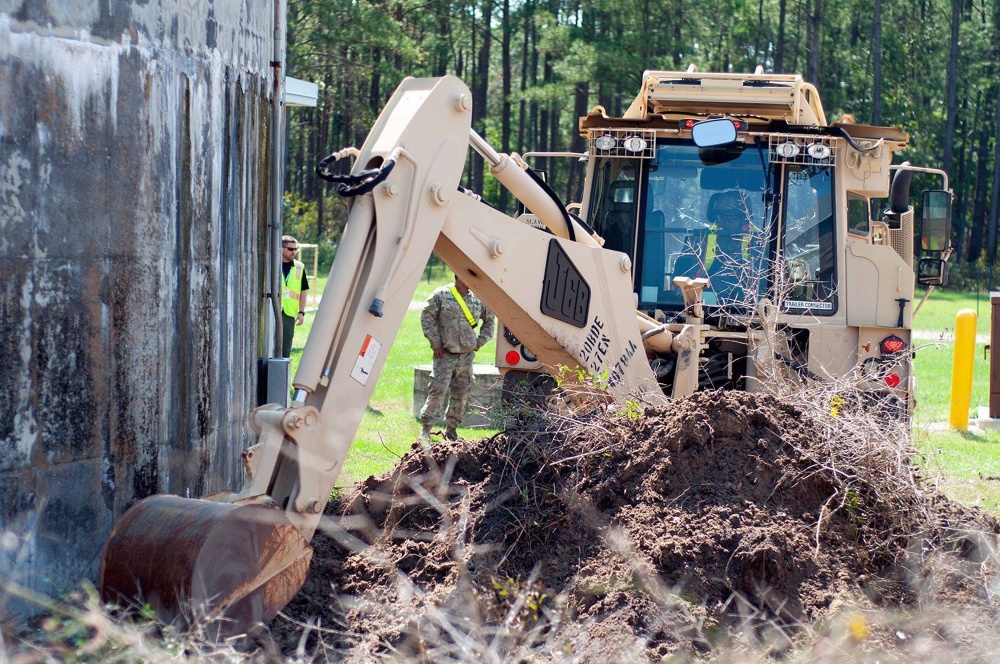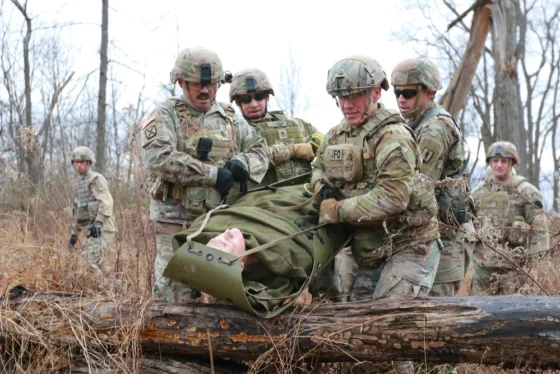
Army Corps continues flood fighting efforts during tumultuous hurricane season
The amount of hurricanes and damage resulting from the storms has hit record numbers in the last two years. USACE continues to support disaster relief efforts from...
Best listening experience is on Chrome, Firefox or Safari. Subscribe to Federal Drive’s daily audio interviews on Apple Podcasts or PodcastOne.
As the Carolinas continue to shatter previous flood record levels, the Army Corps of Engineers continues its work in areas affected from the last year’s stunning amount of hurricanes, including both Florence and Harvey.
Brig. Gen. Diana Holland, commander of the USACE South Atlantic Division, joined Federal News Radio’s Eric White to talk about how the agency made sure it was prepared. Holland said as hurricane season approaches every year, USACE works with its federal, stat

e and local partners to ensure they’re not completely caught off guard in any natural disaster.
Hurricane Florence was no different. The USACE districts had to ensure once the storm had reached hurricane status they had the proper funding, personnel and expertise to respond.
“And then there’s a lot of analysis on if this is going to be a wind-heavy event, that means a certain response. If it’s a rain event and flooding, then that might bring different capabilities to bear,” Holland said on Federal Drive with Tom Temin. “So we’re constantly analyzing that, and that was really the lead up to the storm itself. Then it’s a matter of watching what happens and paying attention to the rain projections, what the flooding … what all the water is going to do, where it’s going to go … where do we put our assets? what is the state asking for?”
She said it’s all about ensuring that as soon as the storm passes, teams are in place and ready to respond.
But what happens when scientists are unable to determine when or where a disaster will hit?
Many members of the South Atlantic USACE team live and work in the areas that were subject to evacuation orders. Holland said making sure their families were safe was first priority.
“You have to be flexible. Our responders live in Wilmington, live in Charleston and up and down the East Coast,” she said. “Number one is taking care of people, evacuating them, positioning them in the right place so that they’re both safe, but can still do the mission in support of the states.”
Learning from experience
From one hurricane or natural disaster to another, people who live through the experience often say it gets easier. But over the last year, the amount of hurricanes and damage resulting from the storms has been somewhat tumultuous.
The past two hurricane seasons can in some cases be lumped together because recovery efforts from last year’s storms are still an ongoing process, she said.
“We’re still in Puerto Rico supporting that recovery. We have about 100 employees on the Island still doing missions in support of FEMA,” she said. “In a way, this is a continuation of what we were doing over the last several months. … We’re always mindful. The sooner we’re in there with the right assets, the better.”
Because USACE teams are already postured, they have been more equipped to deal with the aftermath of the most recent hurricane. USACE is continuously working on its effort to be there even quicker — even if that means starting in the wrong place. The sooner the team moves forward, the quicker they can react, Holland said.
Corps members who sign up to deploy for disaster relief also don’t know how long they will be in an area or even what the impact could be. Despite the uncertainty, Holland said she has never personally heard one of her employees complain about the length of time they are deployed.
“The opposite is the case,” she said. “When it’s time for them to go and be replaced, they don’t want to go because they want to stay there until the mission’s done, even if it’s for an extended period of time.”
Continuous efforts
The citizens of Puerto Rico still have to deal with broken down infrastructure and other damage as a result of last year’s hurricane. Holland said the power authority has reported that 100 percent of the power has been restored to their clients.
But USACE continues to provide logistical support to the territory.
“In the long run … there’s [still] a lot of work to be done in some infrastructure improvements,” Holland said. “So that will be up to Congress in the territory to determine what that looks like and how much the federal government’s going to invest in that.”
Perpetual flooding is still an issue along the East Coast in the wake of Hurricane Florence. USACE maintains strong partnerships other federal agencies — such as the National Weather Service — to ensure they can understand what is going on in areas such as South Carolina, what damages may occur due to flooding and what the relief will look like both physically and monetarily.
“Whatever the state needs, we’re there to help them out,” she said. “Hurricane season doesn’t end until December.”
Copyright © 2024 Federal News Network. All rights reserved. This website is not intended for users located within the European Economic Area.
Steff Thomas is a digital editor at Federal News Network.
Related Stories

How Navy’s Fleet Logistics Center Norfolk prepped warships ahead of Florence






